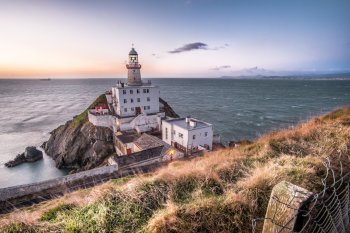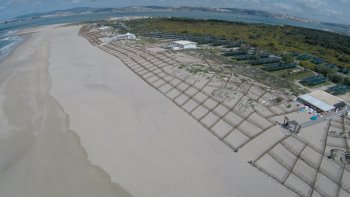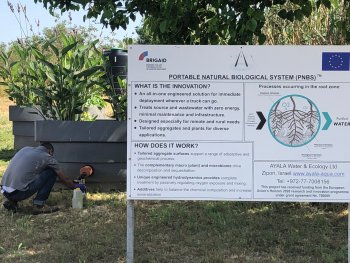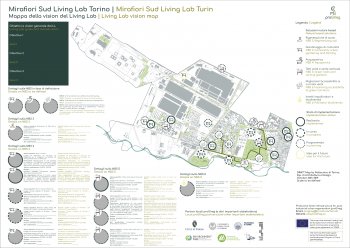How a Green Infrastructure Strategy can inform a Regional Spatial and Economic Strategy for the Dublin City Region of Ireland.
The main settlement in Ireland is the capital city of Dublin (Figure 1), which has a population of 1.2 million persons, nearly 1 in 4 of Ireland’s population. Dublin is supported regionally by key strategic county towns and an extensive rural hinterland, the population of the Greater Dublin area is approximately 2 million persons.
The Dublin City Region has a wide range of important terrestrial, coastal and marine habitats, extensive green areas and parks (the Phoenix Park in Dublin city is one of the largest walled city parks in Europe at 707ha, the Wicklow Mountains National Park...More




